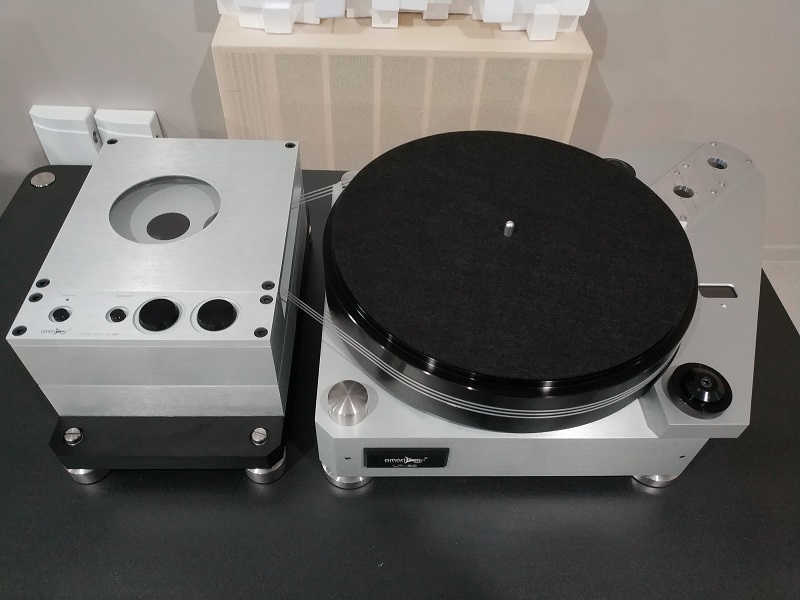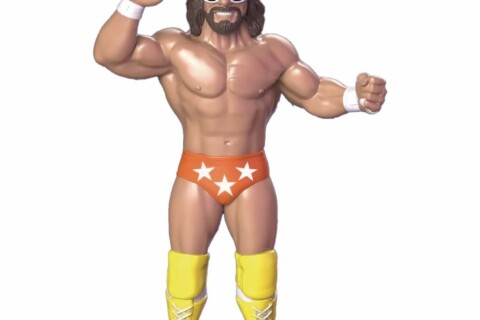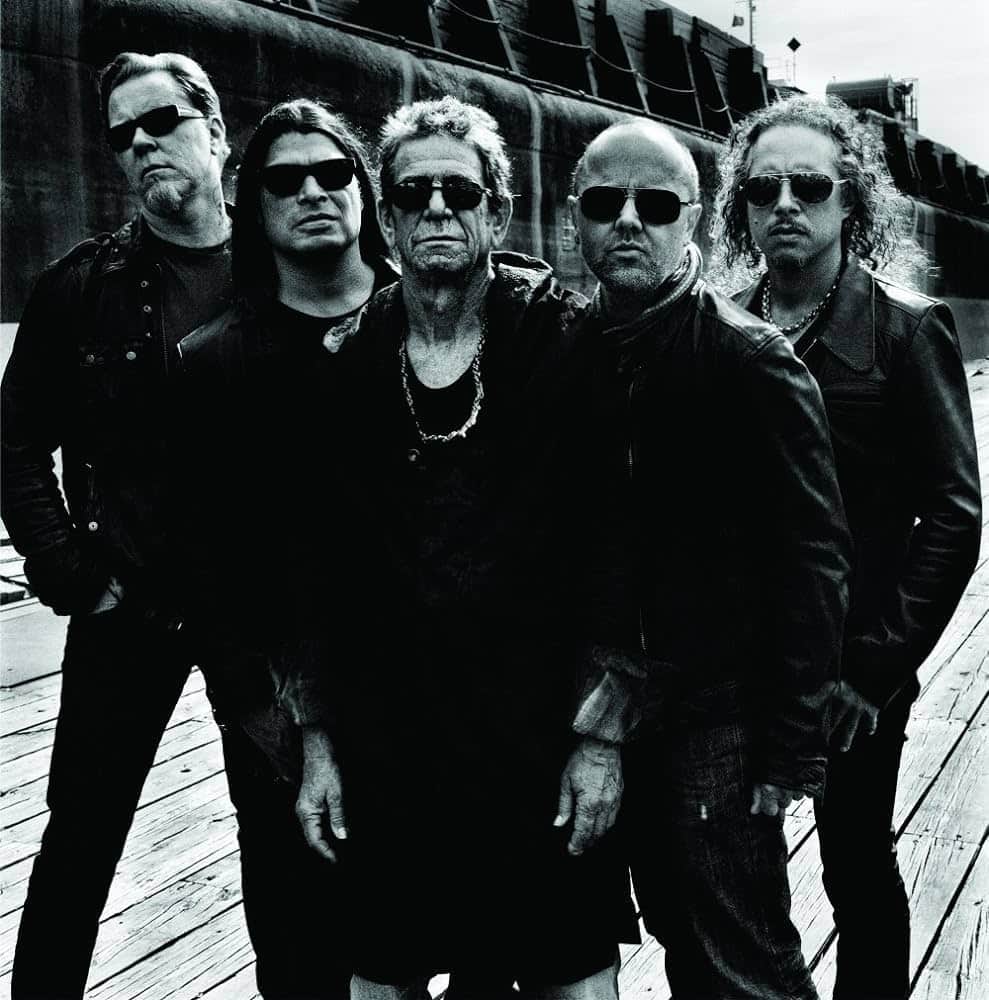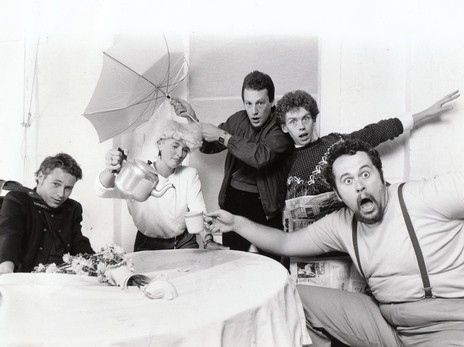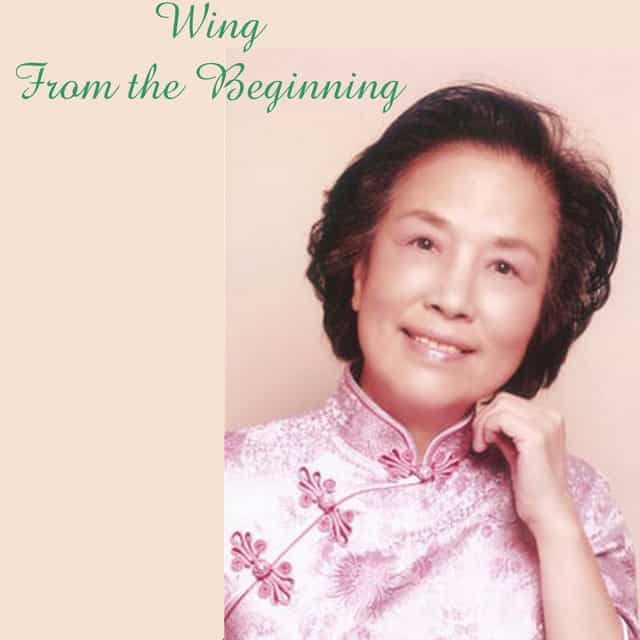Don’t worry, it’s the 21st Century, it’s okay to like pop music and weird shit too, writes GARY STEEL.
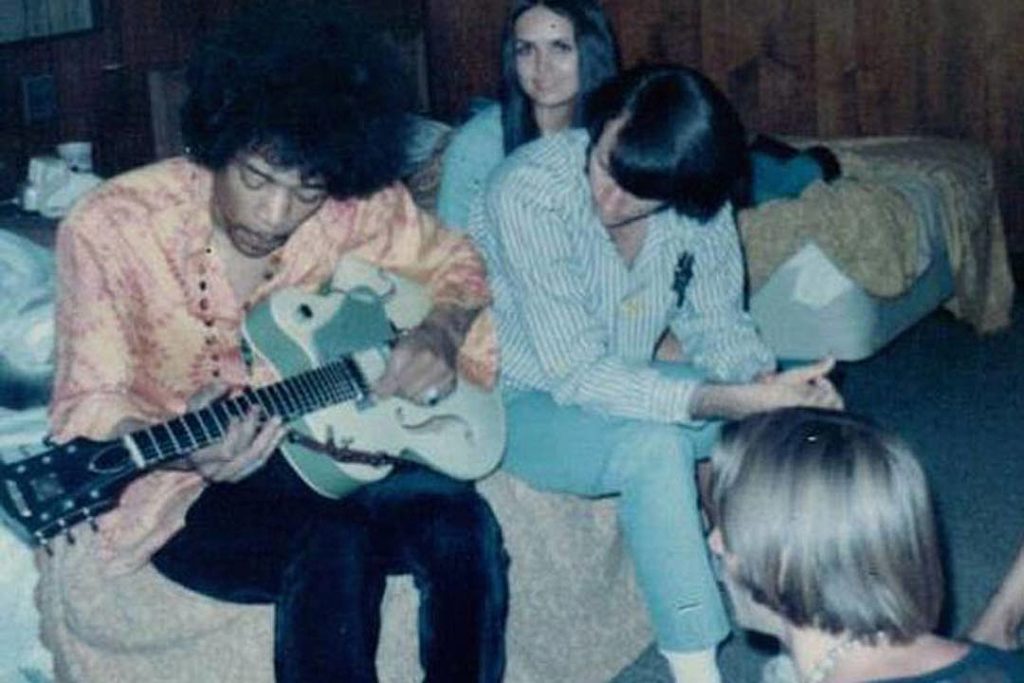
I well remember the litmus test of rock credibility in the late 1960s. You either liked The Monkees or Jimi Hendrix, but it was unthinkable to like both. This may have stemmed from the abortive tour The Monkees took with Hendrix supposedly playing support, on which the teen-oriented television phenomenon was supposedly collectively blown off the stage every night by the wayward electric guitarist. Whether that’s more urban legend than reality, it became a symbol of authenticity and what’s cool.
Choosing your gang was especially important back then, because the hippy movement represented a move away from cynical marketing of pre-packaged entertainment created by men in suits, and pop music of any stripe – even psychedelic pop music – was regarded with deep suspicion.
With all the heavyweights making heavy music there was no time for pop frivolities or anything perceived as representative of the ‘establishment’, man. And that, of course, included fake bands that had been handpicked for a TV show about a pop band.
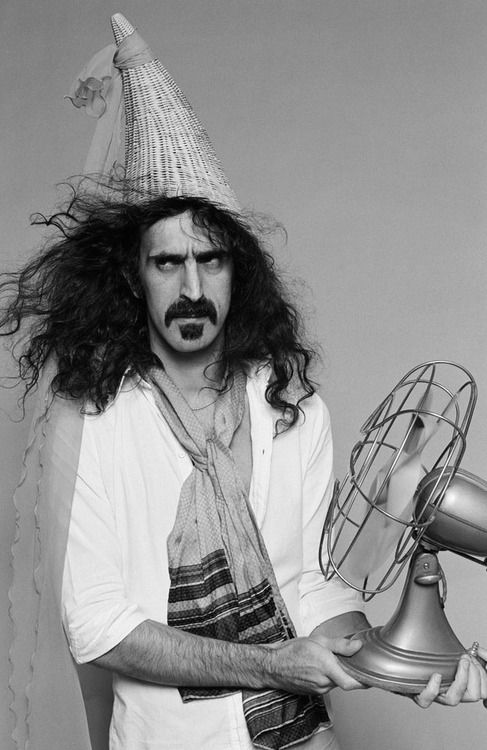
As a music appreciator I’ve struggled with these affiliations all my life. Because I’m known to be a fan of Frank Zappa and even “weirder” music, the expectation is that I regard “commercial” music as somehow morally, aesthetically or musically (and maybe all three) inferior to the hard stuff.
But honestly, I couldn’t choose between The Monkees and Jimi Hendrix, because I love them both, in different ways, for different reasons.
But still, the same conundrum has continued to raise its ugly head during the 40 years or so I’ve been writing about music. In the late ‘70s I was a cub reporter writing about serious young new wave bands like Gang Of Four and Joy Division, and my personal favourites were even more extreme and austere (think: Art Bears, This Heat, Pere Ubu, Birthday Party, Throbbing Gristle). My serious young friends at the time would have been shocked that I also had an inkling for some of the pop hits of the era, and that stylistically, my listening often strayed to funk, disco or pop novelties.
In 1987 I was hired to edit teen-oriented pop magazine RTR Countdown, having worked for the previous 18 months for its television equivalent. At 28, I considered myself too old for the job but couldn’t resist the challenge, so I hung in there for nearly seven years.
I was reminded recently while viewing some compilations of video clips of the late ‘80s just how arid the pop scene was at that time, with remarkably awful acts like New Kids On The Block and Bros and the Stock, Aitken Waterman production team indicative of the general awfulness. It was a particularly lame time for pop, with a very few exceptions, and represented a period just prior to the complete fragmentation of styles that would come in the ‘90s with hair metal and grunge vying with hip-hop and whatever else for traction, but precious little anymore in the way of genre-busting superstar acts.
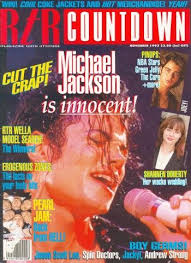
My attitude to RTR Countdown was that not all teens are into commercial pop, and that we should represent their interests as well. So, while the bigger acts made the cover, we also found room for many different styles. After all, as a teen I’d liked some pop music, but had never felt that I was a demographic to be shoved into one musical hole. This attitude may have been my undoing as an editor, as it seemed we might have sold many more copies had we put all our resources into super-glossy fold-out posters of the hottest teen groups, but hey, I digress. The fact was that, despite generally dark times for pop, there were some great tunes and times and I found no contradiction between my experience with pop and my on-going interest in the experimental underground.
Then I went and opened a tiny record store, Beautiful Music, where I was able to indulge my interest in post-acid house electronic music of all persuasions, as well as avant-garde and out-there jazz and various other experimental music styles. I was like a pig in shit, because this stuff was hard to come by and I was importing it and selling it to a small community of likeminded fans. The assumption from some of my customers – and an understandable one, I guess – was that I didn’t like the genres I didn’t stock in my store. And that meant anything that was from a major label or commercial. The reality was that all the other stores stocked that stuff, so I didn’t have to. I was just doing something different. That didn’t mean I hated all the music those stores sold.
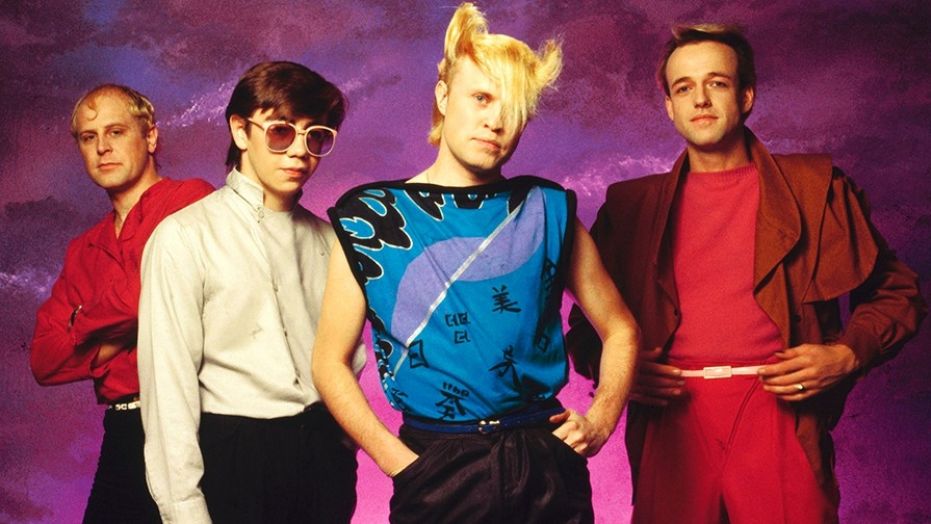
Even a young man who once worked for me at my store opined that I didn’t like pop music, and therefore had no right to critique anything commercial. For some time I accepted that verdict, but eventually, I realised that this Gen-X music fan thought pop music had taken place exclusively in the 1980s; or at least, that the only good pop music was of the Duran Duran variation. In fact, I’ve always liked pop and apart from my parents’ light opera and wartime records, 1960s pop was the first music I ever heard and fell in love with. The first single I can remember buying was by Roy Orbison, and it started a long love affair with the tragic balladeer’s music that isn’t over yet. Is that pop? Well, Orbison certainly had a number of smash hits, so it’s pop music to me. And how many people with the extraordinary vocal chops of Orbison also have the ability to write something as eternally great as ‘Blue Bayou’?

Yes, my favourite pop era is the 1960s because I was a boy then and wide open to it all… to this first flush of ‘teenager’ rebellion and girl groups followed by The Beatles and everything that came after.
Yes, as soon as psychedelia showed its rainbow colours I was hooked, and pop never quite looked the same again after hearing The Who perform ‘Pictures Of Lily’ or The Doors epic ‘Light My Fire’, but even as I was searing my brain open with early Hendrix I was an ardent fan of The Monkees (hey, I still have a cartoon book, even) and thought the Mamas & Papas were swell and really dug The Turtles and those aching Jimmy Webb ballads that Glen Campbell crooned so well, even though they were a type of pop that was really meant to be for adults.
https://www.youtube.com/watch?v=7BmkBroiw1s
Pop for adults: that doesn’t really exist now, unless you include Adele and Ed Sheeran and a few others who portray themselves as every-woman/every-man to such an extent that mums and dads get into them as much as their kids have. But by and large, the pop scene in 2018 has become kiddie-world, a giant musical McDonald’s castle where young chaps and poppets sing songs that are only a little more grown-up than nursery rhymes and benefit from the same kind of repetitive cadences and sing-song melodies.
I am, of course, generalising. There’s a strand of contemporary pop that is corporatized beyond belief, and that’s where you’ll find that all the songs have been written by committees of songwriters (like a collective focus group) working to a set agenda and expected to utilise the same ugly clichés. These are the songs (and producers) that cauterise the life out of modern pop.
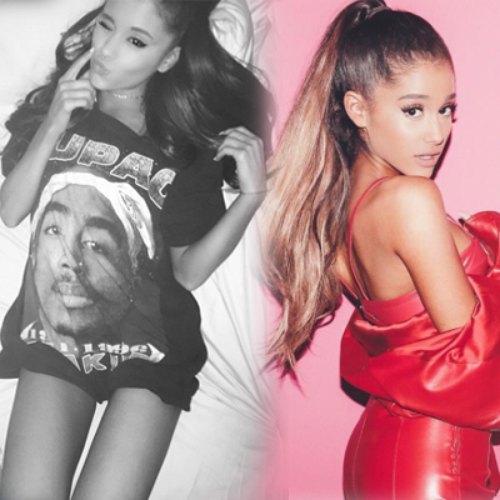
Then there’s a much more lively undertow with a more independent spirit, and that’s where there’s a lot more fun to be had. (Secretly, I even quite like a few Ariana Grande songs). Old bastards can lament about the state of music as much as they want, but it’s really not as bad as they think it is. Yes, there was a unique spirit running through the latter part of the 1960s and into the ‘70s, and I recognise that because I was there. But every generation loves “their” music. The biggest difference now is that there’s almost no rock component to the pop music scene, and even rock behemoths like U2 are viewed with contempt by many. That’s a massive sea change and it’s partly to do with the mainstreaming of hip-hop and so-called R&B (modern commercial soul).
But really, what’s not to like? Old white dudes like me might not for the most part like the intensely processed sounds of pop made in 2018, but it’s those sounds that give the music its sense of “now” and its audience the belief that the music belongs to them, and to a large part, it does.
There is a real disjunction between the current pop scene and those of previous eras, but maybe that’s a good problem to have. Recorded history is expanding and it’s impossible for everyone to remember everything and to grasp all the supposedly iconic moments of music history over more then 50 years. As well, there’s so much music being made and recorded all the time now that it’s my guess there’s as much new music out there in a week than there would have been in a year back in the ‘60s.
So, what’s great about 2018 is that everybody can like anything they want without having to respond to the kind of rigid style codes we had in the past, and an old dog like me can listen to whatever he wants without being victimised. I think that’s great.
[I’d still rather listen to The Monkees than the Velvet Underground].
But I digress again. What sparked off this train of thought was a conversation I had with a friend about a new Broods video – the New Zealand duo doing their best to make it big in the USA. We both agreed that it was pretty good: two old blighters who would probably quite happily get the bong out and listen all the way through to Emerson, Lake & Palmer’s Welcome My Friends To The Show That Never Ends… Ladies & Gentlemen, Emerson, Lake & Palmer album rather than peruse the latest pop chart. And that means something: that a slice of good, imaginative pop music can be appreciated by anyone, regardless of its intended audience. Now, where’s my copy of Faust Tapes…
And finally, just to prove that I’m utterly shameless, here’s a small selection of pop tunes that I’ve liked over the decades and probably should be really embarrassed about, but what they hey…
https://www.youtube.com/watch?v=_t-QIqo-qkg



